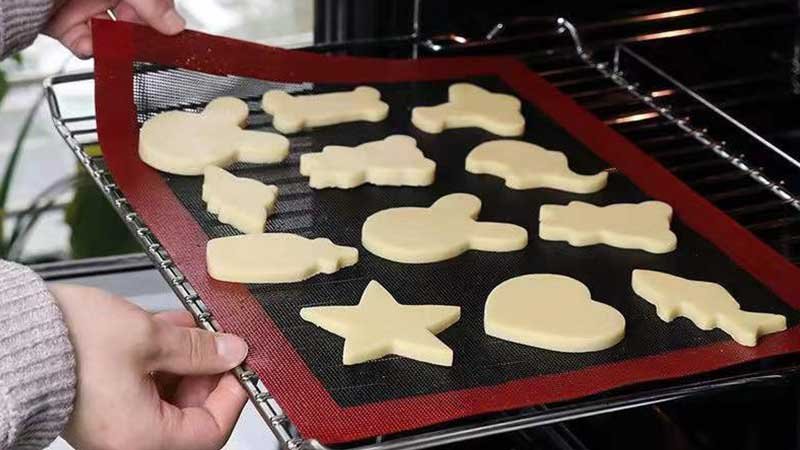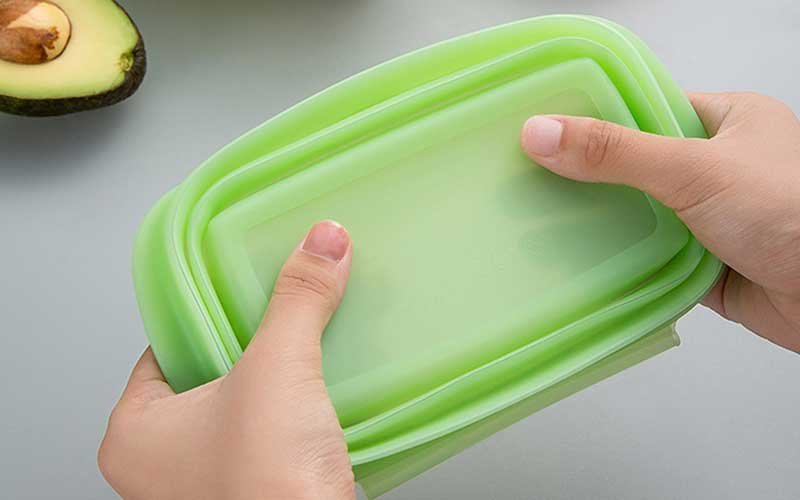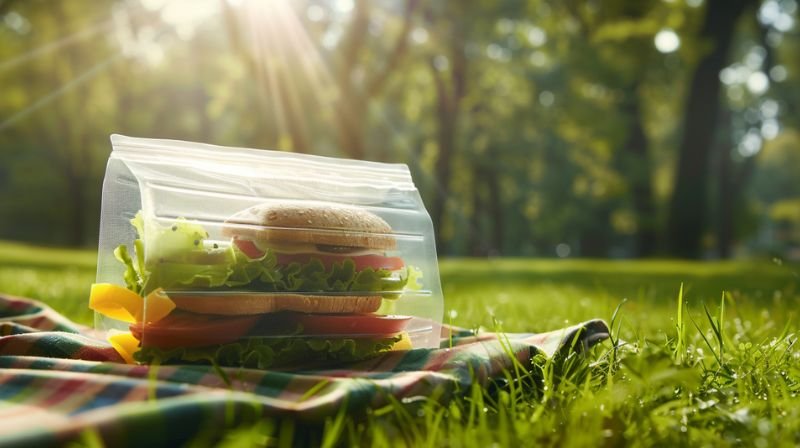Wondering if the containers you use for food storage are safe? With so many options out there, it can be tricky to figure out what’s best for your health. Silicone has become a popular choice because of its flexibility and durability. But is it truly safe to store food in?
Yes, silicone is safe for food storage. It’s a non-toxic material that doesn’t react with food or drinks. Since it’s FDA-approved for food contact, silicone is a trustworthy option for storing your meals and snacks.
Why is silicone considered safer than other materials? And how can you make sure you’re using it properly? Let’s take a closer look.
What Makes Silicone Safe for Food Storage?
Silicone’s safety comes from its unique makeup. It’s made from silicon, oxygen, carbon, and hydrogen, all of which are non-toxic. Unlike plastic, silicone doesn’t contain harmful chemicals like BPA, phthalates, or PVC. This means that even when exposed to heat or cold, it won’t release any dangerous substances into your food.
Why Choose Silicone Over Plastic?
Plastic containers can contain chemicals that might seep into your food, especially when heated. BPA and phthalates, for instance, are linked to health concerns. Silicone, however, remains stable across a wide range of temperatures and doesn’t release harmful chemicals, making it a safer, more dependable choice for food storage.
How Does Silicone Compare to Other Materials?
When considering food safety, silicone stands out from many other materials. Here’s a look at how it compares:
| Material | Advantages of Silicone | Disadvantages of Other Material |
|---|---|---|
| Silicone vs. Plastic | Silicone is free from harmful chemicals like BPA and phthalates, making it safer. It’s also more durable and heat-resistant. | Plastics can leach toxic chemicals, especially when heated. |
| Silicone vs. Glass | Silicone is flexible, shatterproof, and safer for households with children. | Glass is fragile and can easily break, posing a safety risk. |
| Silicone vs. Metal | Silicone doesn’t react with acidic foods, preserving flavor and nutritional value. | Metal can react with acidic foods, altering taste and quality. |
Applications of Food-Grade Silicone
Silicone’s safety and versatility make it ideal for various food storage uses:
Reusable Food Bags
Silicone food bags are an environmentally friendly alternative to disposable plastic bags. They’re great for storing snacks, sandwiches, and leftovers without the risk of harmful chemicals seeping into your food.
Baking Molds and Mats
Silicone baking molds and mats are popular because they’re non-stick and heat-resistant. They’re safe to use in ovens, microwaves, and freezers, offering a convenient way to prepare and store food.



Baby Food Containers
Silicone is perfect for baby food containers. It’s non-toxic, easy to clean, and can handle both freezing and heating, ensuring your baby’s food stays fresh and safe.



Is All Silicone Safe for Food Storage?
Although silicone is generally considered safe, not all silicone products are made to the same standards. The safety of these items can vary based on their quality and how they are manufactured. It’s crucial to select food-grade silicone products that are FDA-approved and free from fillers or additives that could compromise their safety.
How to Choose Safe Silicone Products
When picking silicone items for food storage, keep these tips in mind:
FDA Approval
Make sure the silicone products are FDA-approved for food contact. This approval means the material has been tested and confirmed to be safe for storing food.
Quality and Purity
Look for high-quality, food-grade silicone products made without fillers or additives that could affect safety. Pure silicone is more durable and less likely to break down over time.
Manufacturer Reputation
Opt for products from trusted manufacturers known for their quality standards. Reading customer reviews and checking certifications can help ensure you’re choosing a safe product.

How to Use Silicone for Food Storage Safely
To extend the life of your silicone food storage items and ensure safety, follow these guidelines:
Cleaning and Maintenance
Wash silicone products thoroughly before the first use and after each use. While most silicone items are dishwasher-safe, they can also be cleaned with warm, soapy water. Avoid using harsh cleaners or abrasive scrubbers that could damage the material.
Avoid High Heat
Although silicone is heat-resistant, it can degrade if exposed to extremely high temperatures for long periods. Keep silicone products away from direct flames or heating elements.
Inspect Regularly
Check your silicone items regularly for any signs of wear, like cracks, discoloration, or texture changes. If you notice any damage, it’s best to replace them to maintain safety.
Conclusion
Silicone is a safe and durable material for food storage, offering a non-toxic solution to keep your food fresh without harmful chemicals. By choosing high-quality, food-grade silicone products and following proper usage guidelines, you can enjoy the benefits of safe food storage for years to come.
